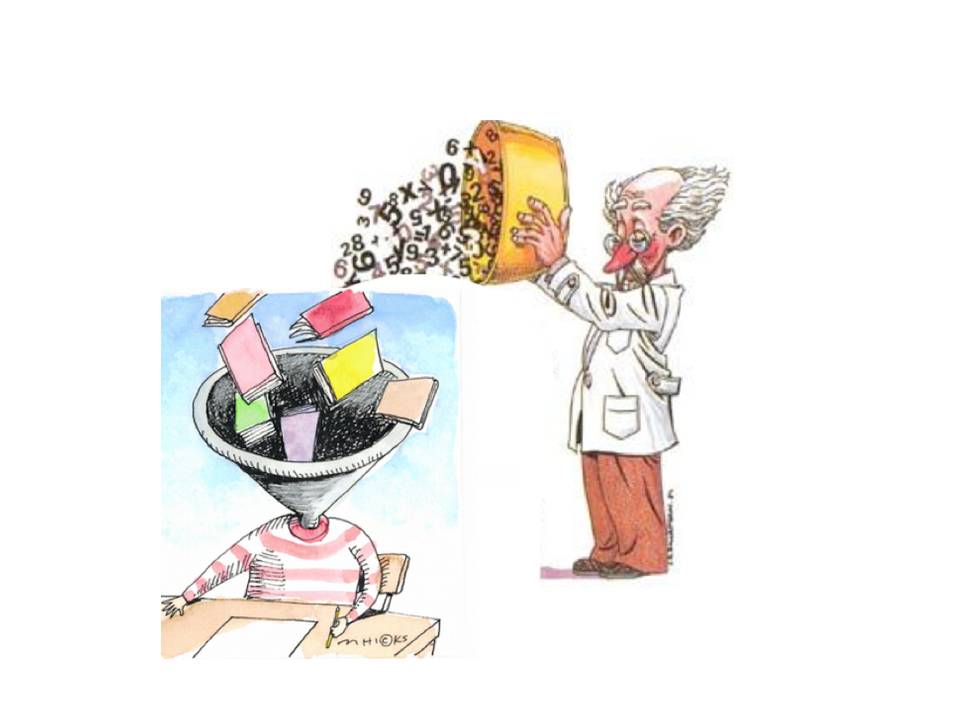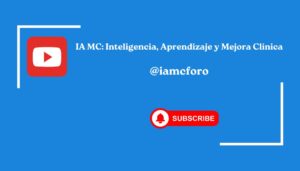Medical Education and the change in Medicine
Medical Education and the change in Medicine
Everybody talks periodically about the need for a change in medical training. In order to implement the change the first priority is to know the starting point.
In the English environment, the Flexner report (1), written about 100 years ago, has been the base of medical education in the United States. However, in Europe, and especially in the Mediterranean world, it is difficult to know the foundation of the teaching agenda, although it does not seem exagerated to go back to the Middle Ages to see the same distribution of teaching divided by anatomy , with the incorporation of the new disciplines of physiology and concepts of chemistry developed at the end of the eighteenth century.
Improving the “classical” training in Medicine
When we speak of a change, we cannot forget the anamnesis, physical examination and clinical judgment. There is a universal tendency in out times, not to propose a differential diagnosis or to ask for diagnostic tests before elaborate a list of diagnostic possibilities. Recognizing the importance of diagnosis and treatment, other new aspects are emerging as basic to the clinical practice, such as a communication technique, teamworking, resource integration and patient safety. In fact, the new training programs are now including these new skills, although it is still unclear who should teach it and how to integrate it into the general training (2). It seems that just talking about communication or system aspects will solve the renewal in the teaching of medicine, but this may be no more than a mirage. These new fields must be taught with practical examples incarnated in the real clinical practice, giving a sense of a real meaning for a change.
Social alignment: the basis of change
Our western society is old. In developing countries the situation is the opposite, a young population is at the base of the pyramid, while maternal morbidity and mortality is also a real problem. On the other hand, in recent years, we have focused on the disease at a point in time, following complete protocols or guides very useful in hospitals, but a group of the population still have problems for a rapid access to contact with a doctor, to receive a proper outpatient care, even in the developed world. Modern medicine has also forgotten the value of a social dissemination of healthcare education.
Some proposals for a change
Thousands of students in the world started every year medical studies. Although the resources and methods of teaching can be very different, probably all of them have similar problems. In my opinion, some of the practical actions necessary for a change are:
- To recover the ethics of the profession and to know that although Medicine is not a non-governmental association, the principal motivation as a career is the adequate solution of the problem of a person-patient.
- It is necessary to focus on processes, but at the micro level. Nowadays it is common to speak of processes, but at the macro level, at a managerial level, but the study of the diagnostic process in terms of analyzing the results is not integrated into medical schools. Clinical sessions are actually descriptive, looking for the peculiarity of a case, and attract young physicians, especially, but their value as a tool for a real teaching to improve is scarce.
- Communication, teamwork, negotiation and psychology must be taught in medical schools.
- Assuming the concept that error is always present in medical practice. A second-victim program must be implemented.
- Developing a real connection between the hospital and primary care.
Every doctor has something to teach
In ancient times the student learned from a teacher. Until recently it was a way to learn real medicine, capturing the clinical teachings of a mentor or a doctor of special relevance. The student played an active role, participating in clinical rounds, and this first experience fixed concepts inside the brain. Today, the internet is the principal tool to obtain information in medicine, but sometimes there is a confusion between amount of information and quality.
Bibliography
(2) Ezekiel J. Emanuel. Changing Premed Requirements and the Medical Curriculum JAMA 2006;296: 1128-1131




